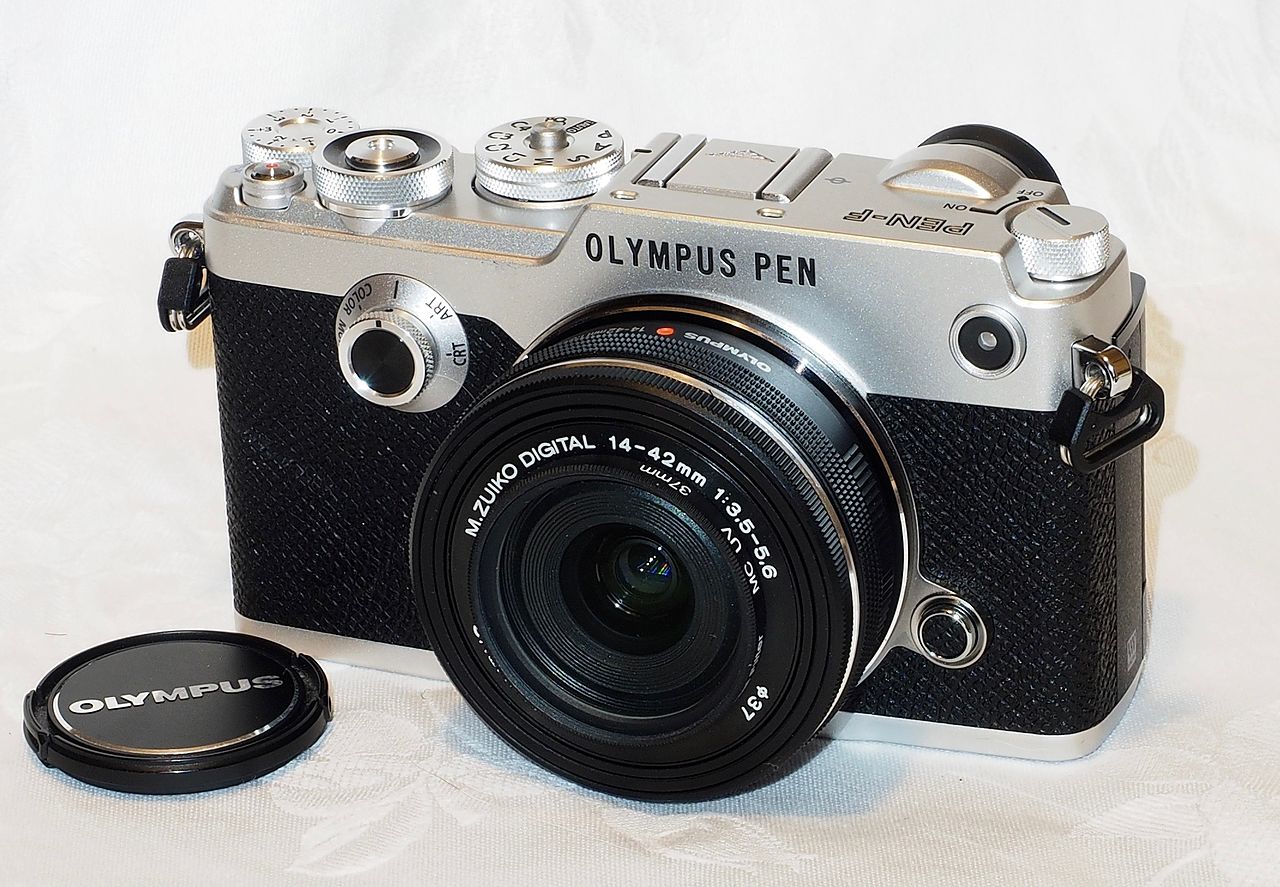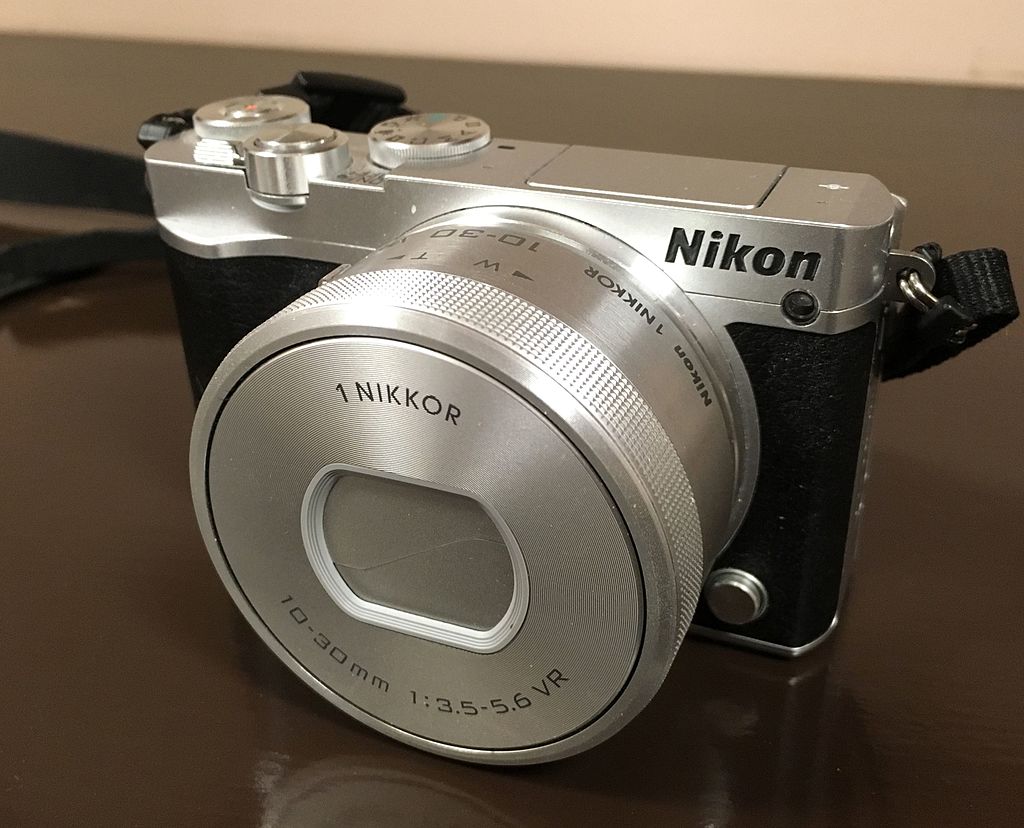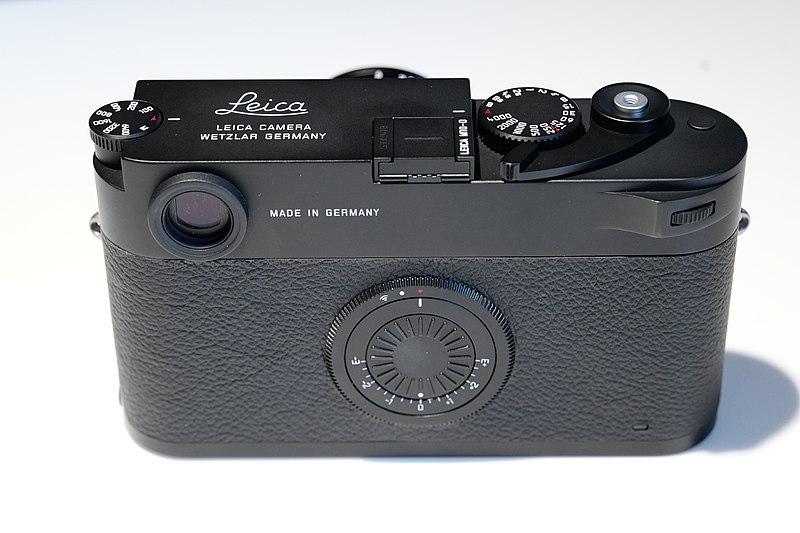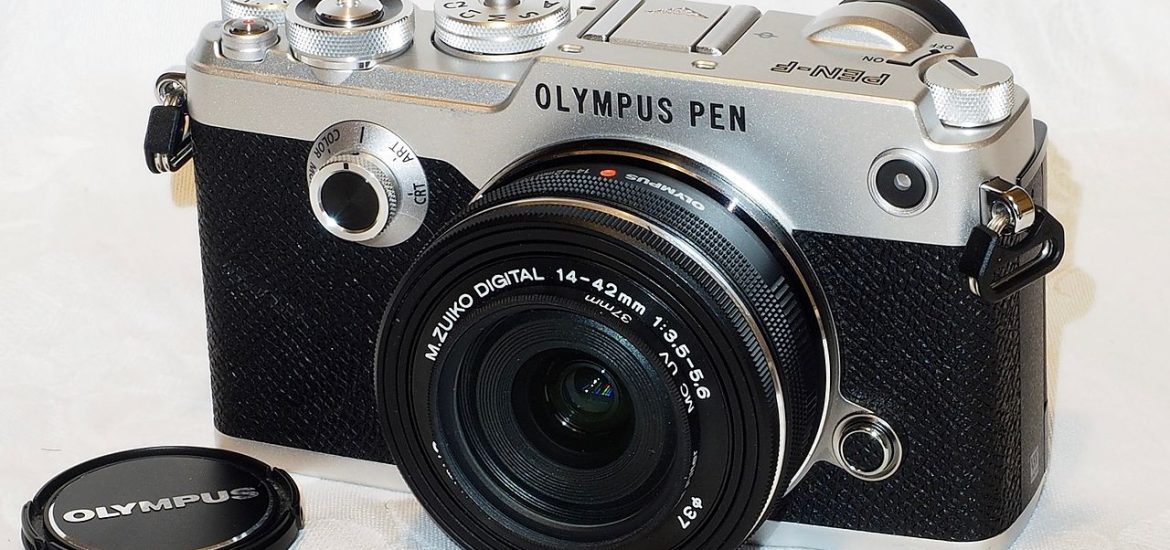Nikon’s new Z fc has been widely praised for its return to retro styling and — indeed — taking the design cues of the much loved FE/FM series. It’s one thing to make a retro camera, but it’s quite another thing to sell it. So, who is it targeted at?
As much as I hate the now overused term, Fuji has made retro-styled cameras the “new normal,” starting with the now-classic X100 in 2011 before moving on to a similarly style ILC in the form of the X-Pro1 in 2012. Fuji has take the notion of “classic” and make something of a game plan out of it since it reinvented its Imaging Division at the beginning of the 2010s, subsequently extending these design elements to its medium format GFX 50R. However, it’s not only Fuji that is playing the retro game; not to be outdone, Olympus’ OM-D range harkens back to their golden era, while some of the PEN models (such as the PEN-F) are delightfully charming.

Of course, old and charming isn’t everyone’s cup of tea (or Joe), and Sony and Panasonic, both consumer-electronics oriented manufacturers, are not exactly known for retro styling. That’s not to say manufacturers can’t be lured in to the retro look (Panasonic’s GX9 for instance), but equally, a few added manual dials a retro camera does not make! On that note, neither Nikon or Canon are renowned for “old style,” although both the Nikon 1 J5 and Canon G9X Mark II are what we might call “retro-inspired,” even if they don’t go the whole hog.

Of course, among all this retro zeal that seems to be imbibing manufacturers at the moment, we mustn’t forget the most retro of retro brands: Leica. It has built its brand on a combination of high quality, exclusivity, and design appeal. In many ways, it is the Apple of the camera world, and while it also pursues minimalist elegance, it does both modernist and retro. If there is one camera that perhaps exemplifies this approach, then it is the Leica M Edition 60. Released in 2014, it was the first digital Leica to eschew the rear LCD screen, built to exacting standards, and was a limited edition. In all, only 600 were built at the mildly eye-watering price of $18,000, which got you a 24-megapixel full frame sensor, but obviously no rear LCD. Or perhaps it was a Leica M3 with no film! Any which way you look at it, Leica has the wherewithal to make retro cool, take great photos, and make plenty of money at the same time!

Why Retro?
So, really, why is retro at least relatively popular with consumers and so manufacturers? Perhaps the first myth to dispel is that — errr — it isn’t! On the DSLR front, Canon and Nikon make up 95% of the market, and neither are known for their retro DSLRs. On the mirrorless front, Sony and Canon make up 67% of the market and again aren’t known for their ageless designs. Fuji and Olympus are still significant players, though, but their markets are much smaller.
Given the above, I think there might be three reasons why there is a market for retro styling. Firstly, there is undeniably nostalgia associated with designs from the past and many of these, if not iconic, are retrospectively seen as something quite beautiful. Of course, this belies the fact that when they were designed, these cameras were often cutting edge with leading technology, such as the Leica II or Nikon F, although it can be the convergence of many factors that leads to a more polished product like the Leica M3 or Nikon FM. In this sense, who wouldn’t want to own an icon? Perhaps that leads on to the second reason, which is that these cameras are just “different” to modern or contemporary designs and we all like to be different. Retro designs stand out, are a talking point, and are just pleasing to look at. This maybe highlights the fact that these purchases could be viewed as conspicuous consumption, bought because of the way they look as much as the task they undertake. For some, it is a fashion statement, and users are being sold a lifestyle.
The final reason is about using a camera. There is something fascinating and enjoyable about operating a piece of complex technical machinery. Cameras fall within this broad area, and to take high quality photos in manual mode, particularly when you are using film, requires practice and shows significant accomplishment. In fact, back in the film days, the mark of a professional photographer was one of technical mastery. What really made you stand out was if you also achieved artistic mastery. The gradual automation of all aspects of photography has made taking photos a lot easier, and so making your mark in photography has therefore required you to push two envelopes and engage with a third. The first is to be artistically great or at least replicate artistically great photos (photo of the Mesa Arch, anyone?). The second is to really push the technical envelope of what is achievable with existing hardware (think about how time-lapse photography has developed over the last decade). And the third? Have social media success. What retro cameras therefore bring back to the party is that ability to do some technical fiddling, something which I know I find enjoyable in much the same way as driving a classic car.
And so Comes the Z fc
All of which, in a roundabout way, brings us to Nikon’s Z fc. Making a retro camera is something that Nikon has tried before in the form of the Df. This was based around the D4 sensor with some elements (AF for example) from the D610. It was a brave and surprising entry into the retro market and wasn’t entirely successful. For some, it fit the mold perfectly, but for others, it had poor ergonomics, felt a bit like a frankencamera, was slow, and ultimately just too expensive. Unsurprisingly, it wasn’t a big seller.
The Z fc is therefore intended to right several perceived wrongs for Nikon. Firstly, it makes a retro entry into its Z lineup, and Fuji has shown that this can sell well. Secondly, it has undeniably better design cues than the Df. The question that then follows is why go for an APS-C chip? Nikon is not Fuji, and the comparisons between models are not entirely equivalent. Fuji only offer APS-C, so Nikon’s decision is an active one and in stark contrast to the Df. In short and as I’ve alluded to above, the Z fc is about form over function, and they don’t believe the high-ticket pro market is the one to sell into. As we’ve seen with all manufacturers, the volume — and profit — is in the quality amateur sector, and this is what Nikon is aiming for. Indeed, while there is a price bump in comparison to the Z50, it compares favorably to its (technical) competitors, such as the Fuji X-S10 and Sony a6400. It’s also an interesting that the second DX format camera is retro styled. Nikon had to get the pro-level bodies out first to place a marker for their Z-system intentions; however, it’s the DX models that will generate sales. The Z50 was everything it should have been. The Z fc is therefore intended to fill that marketing gap and sell the lifestyle, perhaps best exemplified in Nikon Asia’s promotional video below. Has Nikon hit the mark on this one? I think so.
Body images used under Creative Commons courtesy of Skyring, Wilson4469 and Ferencvizi via Wikipedia.
